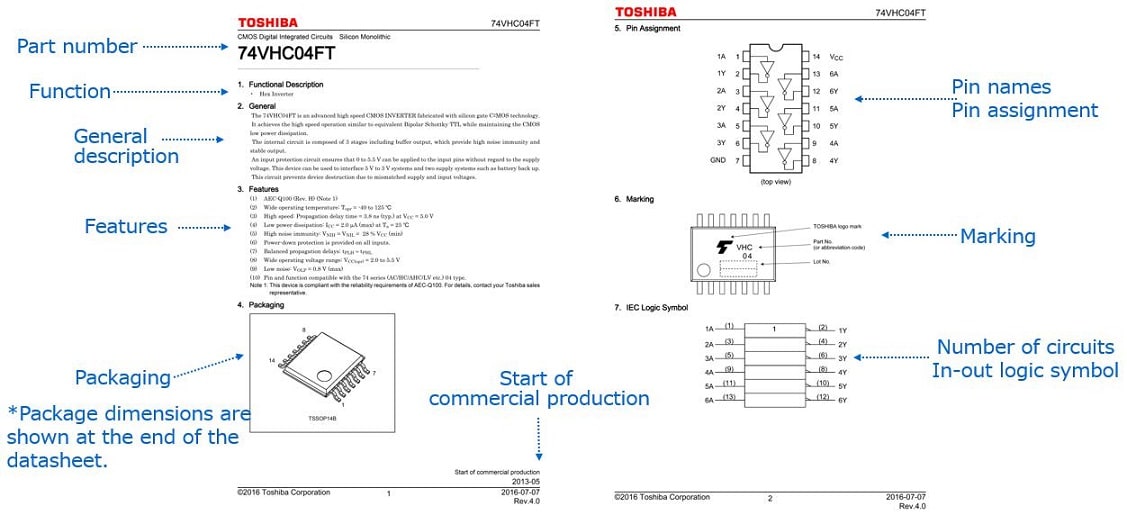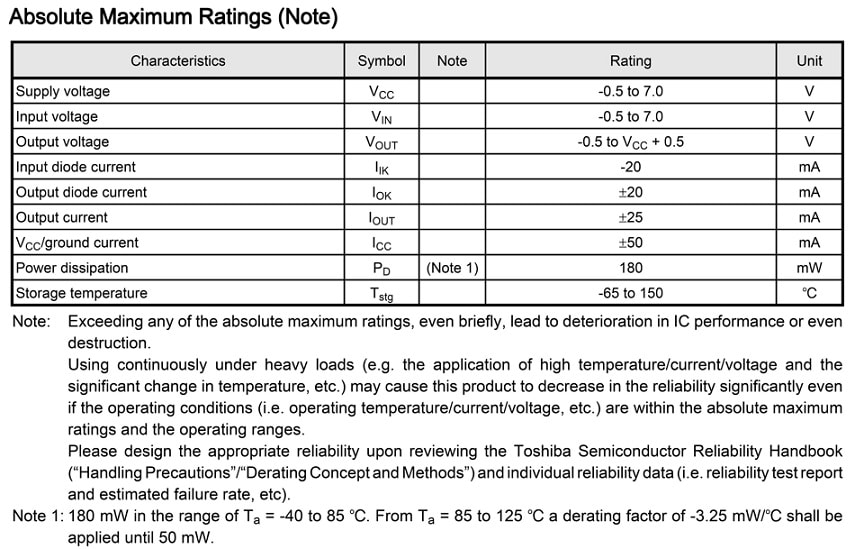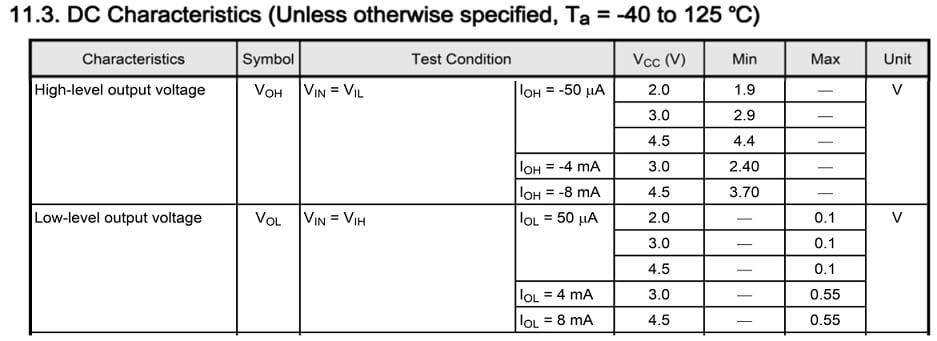-
My ToshibaSemicon
- 반도체 탑
-
애플리케이션Automotive
Body Electronics
xEV
In-Vehicle Infotainment
Advanced Driver-Assistance Systems (ADAS)
Chassis
IndustrialInfrastructure
BEMS/HEMS
Factory Automation
Commercial Equipment
Consumer/PersonalIoT Equipment
Healthcare
Wearable Device
Mobile
Computer Peripherals
-
제품자동차 디바이스
Discrete Semiconductor
다이오드
트랜지스터
로직 IC
Analog Devices
Digital Devices
Wireless Devices
※
: Products list (parametric search)
파워반도체※
: Products list (parametric search)
Isolators/Solid State RelaysPhotocouplers
Digital Isolators
Solid State Relays
Fiber Optic Transmitting Modules
※
: Products list (parametric search)
MOSFETsIGBTs/IEGTs바이폴라 트랜지스터※
: Products list (parametric search)
다이오드※
: Products list (parametric search)
마이크로컨트롤러모터 드라이버 ICIntelligent Power ICs※
: Products list (parametric search)
전원관리IC리니어 IC※
: Products list (parametric search)
범용로직IC리니어 이미지 센서기타 제품용 IC기타 제품용 IC
※
: Products list (parametric search)
-
개발/설계 지원
-
기술 자료
- 구매처
- 부품 번호 & 키워드 검색
- 상호 참조 검색
- 파라미터 검색
- 재고 확인 및 구매
This webpage doesn't work with Internet Explorer. Please use the latest version of Google Chrome, Microsoft Edge, Mozilla Firefox or Safari.
3글자 이상 입력하세요. Search for multiple part numbers fromhere.
The information presented in this cross reference is based on TOSHIBA's selection criteria and should be treated as a suggestion only. Please carefully review the latest versions of all relevant information on the TOSHIBA products, including without limitation data sheets and validate all operating parameters of the TOSHIBA products to ensure that the suggested TOSHIBA products are truly compatible with your design and application.Please note that this cross reference is based on TOSHIBA's estimate of compatibility with other manufacturers' products, based on other manufacturers' published data, at the time the data was collected.TOSHIBA is not responsible for any incorrect or incomplete information. Information is subject to change at any time without notice.
3글자 이상 입력하세요.
Reading Datasheets: Input-Tolerant Function

What is the input-tolerant function?
A CMOS logic IC with an input-tolerant function allows a voltage of up to the maximum operating voltage to be applied to an input while the power supply is active or at 0 V. The input-tolerant function allows level shifting from a higher voltage to a lower voltage.
Examples of level shifting
Down translation from 5 V to 3 V: Use the 74VHC or 74LCX Series.
Down translation from 3 V to 1.2 V: Use the 74VCX Series.

The following shows an equivalent circuit for a typical CMOS logic IC.
The diodes on the input side are inserted for the purpose of ESD protection whereas those on the output side are parasitic diodes.
The diode between the input and the power supply might turn on if a voltage higher than VCC is applied or voltage is applied when the IC is off. In this case, the IC might be destroyed by the resulting large current. Device destruction can be prevented by using an IC with an input-tolerant function, i.e., an IC without a diode between the input and power supply.

It is easy to distinguish whether an IC has an input-tolerant function.
Let’s look at the datasheets for ICs of the TC74HC and 74VHC Series.
See the input voltage shown in the Operating Ranges table.
The datasheet of the TC74HC Series shows VIN=0 to VCC. This means that the input pin is tolerant of only up to VCC. Therefore, the TC74HC Series does not have an input-tolerant function.
In contrast, the datasheet of the 74VHC Series shows VIN=0to 5.5 V, meaning that up to 5.5 V can be applied to the input pin regardless of VCC. Therefore, the 74VHC Series has an input-tolerant function.
Chapter4 How to Read Datasheets
Products
Related information
- Application Notes
- FAQ













